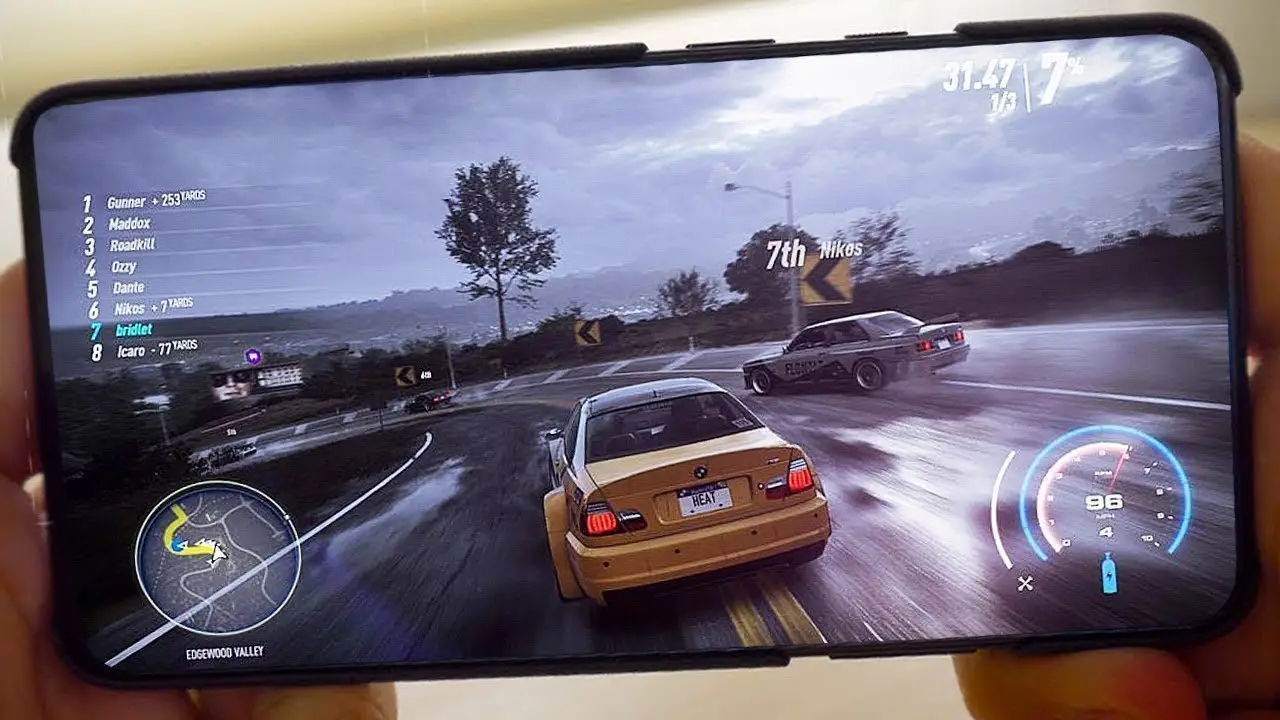Assembling a gaming computer in 2025 is a question that continues to occupy leading positions among those who value performance, flexibility, and a conscious choice of components. Modularity, upgrades, thoughtful ventilation, and a smart selection of chipsets have become key benchmarks in modern assembly. The market has introduced new standards, and users confidently go beyond ready-made solutions.
What’s Better: Building a Gaming PC Yourself or Buying a Pre-built One?
Building a gaming PC yourself means fully controlling the budget, choosing compatible components, and achieving optimal performance. Ready-made models offered by major retailers are often equipped irrationally: a powerful processor is paired with a weak cooling system or limited solid-state drive.

In 2025, the market shows a 15-20% price increase for ready-made PCs compared to similar manually assembled configurations. Self-assembly allows minimizing overpayments, efficiently allocating funds, and selecting quality cables, connectors, and slots without paying extra for brand markups.
The cost of assembling a gaming computer in 2025 directly depends on the selected components and performance level. A budget option for gaming at medium settings will cost around $900–1,300. A PC for comfortable gaming at high settings starts from $1,600 and above.
How to Assemble a Gaming Computer in 2025: Components for Assembly
A modern gaming PC requires careful selection of components, balancing performance and temperature regime.
The main list of components for a PC in 2025:
- Processor with the latest chipset (Intel 14th generation or AMD Ryzen 8000 series).
- Graphics card like NVIDIA RTX 5000 or AMD RX 8000.
- Motherboard with PCIe 5.0 and USB 4.0 support.
- DDR5 RAM with a frequency of at least 5600 MHz.
- NVMe solid-state drive with a capacity of at least 1 TB.
- Hard drive for storing large data.
- Cooling system with thoughtful case ventilation.
- Power supply with 80 Plus Gold certification of at least 750W.
- Quality case with an adequate number of ports and slots for upgrades.
The selected components for the PC form a stable, reliable, and high-performance system capable of handling modern video games and professional tasks.
How to Assemble a Gaming Computer Yourself: Step-by-Step Guide
How to correctly assemble a powerful gaming PC for games yourself? Read our guide. The sequence of actions directly affects the speed, reliability, and subsequent system optimization.
Preparing Tools
Assembling a gaming PC requires pre-prepared tools: screwdriver with a magnetic tip, anti-static wrist strap, thermal paste, cable ties set, soft brush for cleaning.
Installing the Power Supply Unit
Assembling a gaming computer in 2025 starts with mounting the power supply unit. The device is fixed in the lower part of the case, cables are neatly routed to the main connection points. The CPU power connector, main 24-pin cable, and cables for the graphics card are laid with extra length for future routing.
Installing the Motherboard
Installing the motherboard is the next step in assembling a gaming computer. The board is attached to the case standoffs, RAM and CPU with cooling system are pre-installed. It is important to consider the direction of connectors and cables to minimize bends.
Installing the Processor and Cooling
The processor is installed strictly keyed, the clamp is securely fixed. The cooling system is selected based on the heat dissipation level – a water or air cooler with sufficient performance and low noise level. Proper ventilation helps maintain stable temperature under load.
Mounting RAM
RAM is installed in recommended slots, ensuring dual-channel operation. Assembling a computer without considering frequencies is a common mistake. DDR5 modules with a frequency of at least 5600 MHz provide optimal performance in modern games.
Installing Storage Drives
The solid-state drive is installed in an M.2 slot with a heatsink for heat dissipation. The hard drive is mounted in bays with anti-vibration pads to reduce noise. Assembling a gaming computer means ensuring fast system startup and smooth operation without delays.
Installing the Graphics Card
The graphics card is inserted into the top PCIe slot, secured in the case. Power is supplied through 12VHPWR connectors or standard 8-pin, depending on the model. It is important to ensure airflow for effective cooling.
Connecting Cables and Peripherals
Assembling a gaming computer without proper cable management means losing aesthetics and compromising ventilation. Cables are neatly routed using ties and guides. USB, audio, power, front panel ports are connected in a strict sequence.
First Boot and Testing
The first boot allows checking the correctness of assembly, functionality of components, and proper connections. Testing includes BIOS boot, driver installation, temperature and system stability checks. Step-by-step assembly of the computer requires a full cycle of stability and performance tests.
Driver Installation and Optimization
After testing, drivers are installed for all devices: chipset, graphics card, network, and audio devices. System optimization includes setting fan profiles, updating BIOS, activating XMP profiles for RAM.
Temperature and Noise Check
Assembling a gaming computer means creating a comfortable and quiet working system. Graphics card and processor temperatures should range between 65-80°C under load, noise level should not exceed 40 dB.
How to Assemble a Gaming Computer Cost-Effectively
How to correctly build a modern gaming PC for games in 2025 and save on budget? Self-assembly allows significant cost savings through smart component selection and timely purchases.
To achieve cost-effectiveness, the following methods are used:

- Compare prices for components in different online stores and local retailers.
- Track promotions, seasonal discounts, and sales, especially on processors and graphics cards.
- Purchase previous-generation models if the performance meets requirements.
- Combine buying new and used components with a valid warranty.
- Consider chipset and slot compatibility for future upgrades without the need for a complete system replacement.
- Buy a power supply unit with extra power for future upgrades, avoiding additional expenses.
- Use high-quality thermal paste and cables to avoid subsequent modifications.
- Conduct testing at the initial stage to promptly identify faults and use warranty resources.
Building a gaming computer means carefully analyzing the market, avoiding unjustified markups, and choosing components with the best price-to-quality ratio.
Conclusion
Anyone can assemble a gaming computer in 2025. This approach not only ensures high performance but also allows tailoring the system to specific tasks. Step-by-step assembly, careful component selection, proper ventilation, quality cables, and timely testing create a stable and reliable gaming machine for games.
 en
en  ru
ru  de
de  ar
ar  es
es  nl
nl  hi
hi  fr
fr  it
it  pt
pt  el
el 










